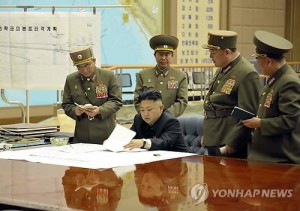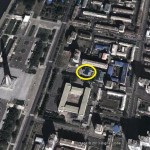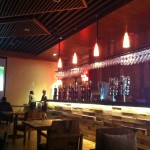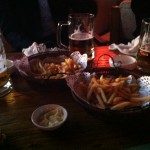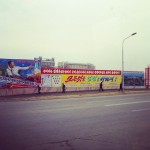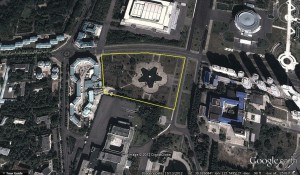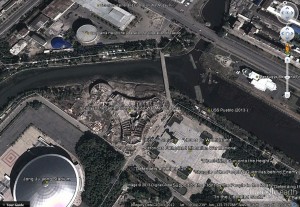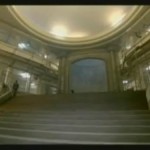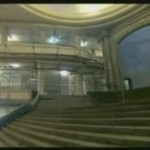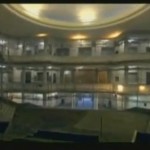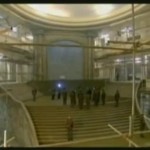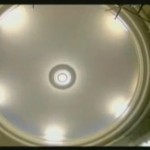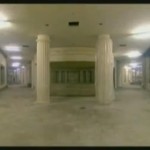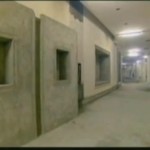A much-appreciated colleague has sent me a PDF document published by the DPRK’s Committee for the Promotion of External Economic Cooperation in 2003. It that contains hundreds of pages of DPRK laws and regulations.
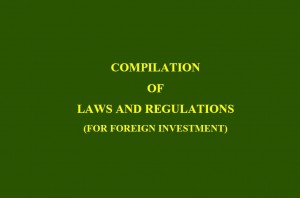
Click here to open the PDF document
Here is a list of the contents:
1. The Law of the Democratic People’s Republic of Korea on Foreign Investment
2. The Law of the Democratic People’s Republic of Korea on Equtiy Joint Venture
3. Regulations for the Implementation of the Law on Equity Joint Venture
4. The Law of the Democratic People’s Republic of Korea on Contractual Joint Venture
5. Regulations for the Implementation of the Law on Contractual Joint Venture
6. The Law of the Democratic People’s Republic of Korea on Foreign Exchange Control
7. Regulations for the Implementation of the Law on Foreign Exchange control
8. The Law of the Democratic People’s Republic of Korea on Foreign-Invested Bank
9. The Law of the Democratic People’s Republic of Korea on the Leasing of Land
10. The Law of the Democratic People’s Republic of Korea on Foreign-Invested Business and Foreign Individual Tax
11. Regulations for the Implementation of the Law on Foreign-Invested Business and Foreign Individual Tax
12. The Customs Law of the Democratic People’s Republic of Korea
13. The Law of the Democratic People’s Republic of Korea on the Protection of Environment
14. The Insurance Law of the Democratic People’s Republic of Korea
15. The Law of the Democratic People’s Republic of Korea on External Economic Arbitration
16. The Law of the Democratic People’s Republic of Korea on External Civil Relations
17. The Notary Public Law of the Democratic People’s Republic of Korea
18. The Civil Proceedings Act of the Democratic People’s Republic of Korea
19. The Law of the Democratic People’s Republic of Korea on Processing Trade
20. The Law of the Democratic People’s Republic of Korea on Bankruptcy of Foreign-Invested Enterprises
21. The Law of the Democratic People’s Republic of Korea on the Rason Economic and Trade Zone
22. The Law of the Democratic People’s Republic of Korea on Wholly Foreign-Owned Enterprises
23. Regulations for the Implementation of the Law on Wholly Foreign-Owned Enterprises
24. Regulations on the Financial Management of Foreign Invested Enterprises
25. Regulations on the Introduction of Latest Technologies by Foreign-Invested Enterprises
26. Regulations on the Naming of Foreign-Invested Enterprises
27. Regulations on the Registration of Foreign-Invested Enterprises
28. Labor Regulations for Foreign-Invested Enterprises
29. Regulations on the Resident Representative Offices of Foreign Enterprises in the Rason Economic and Trade Zone
30. Regulations on Entrepot Trade in the Rason Economic and Trade Zone
31. Regulations on Contract Construction in th Rason Economic and Trade Zone
32. Regulations on Forwarding Agency in the Rason Economic and Trade Zone
33. Regulations on Statistics in the Rason Economic and Trade Zone
34. Regulations on Tourism in the Rason Economic and Trade Zone
35. Regulations on Financial Management of Foreign-Invested Enterprises in the Rason Economic and Trade Zone
36. Regulations on Foreigner’s Immigration Procedure and Stay in the Rason Economic and Trade Zone
37. Customs Regulations For the Rason Economic and Trade Zone
38. Regulations on Finding in the Rason Economic and Trade Zone

